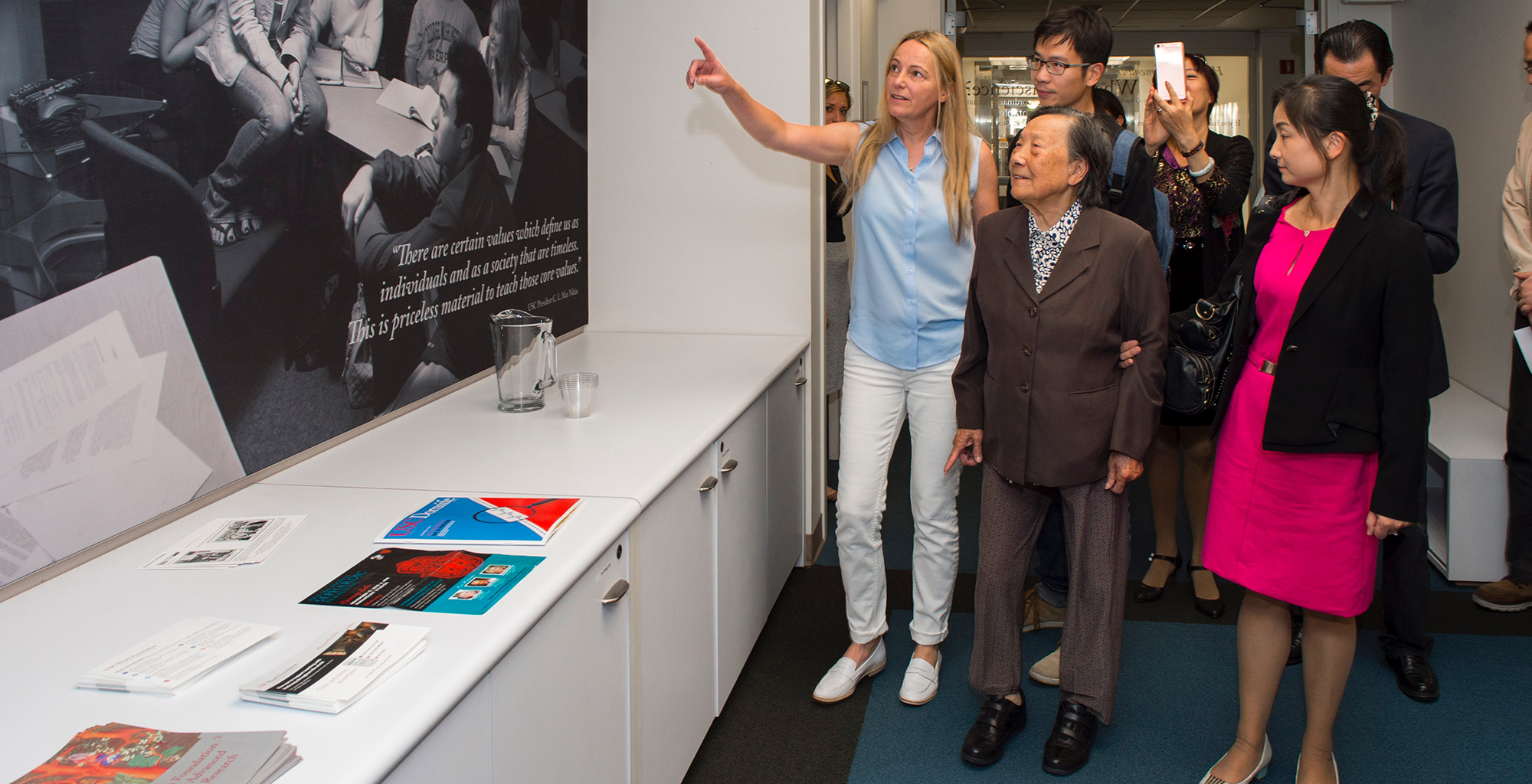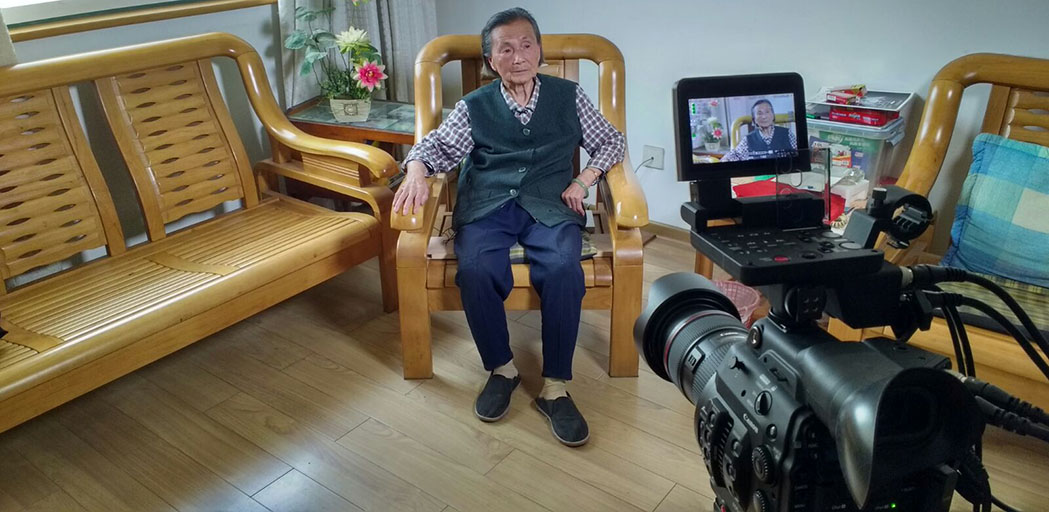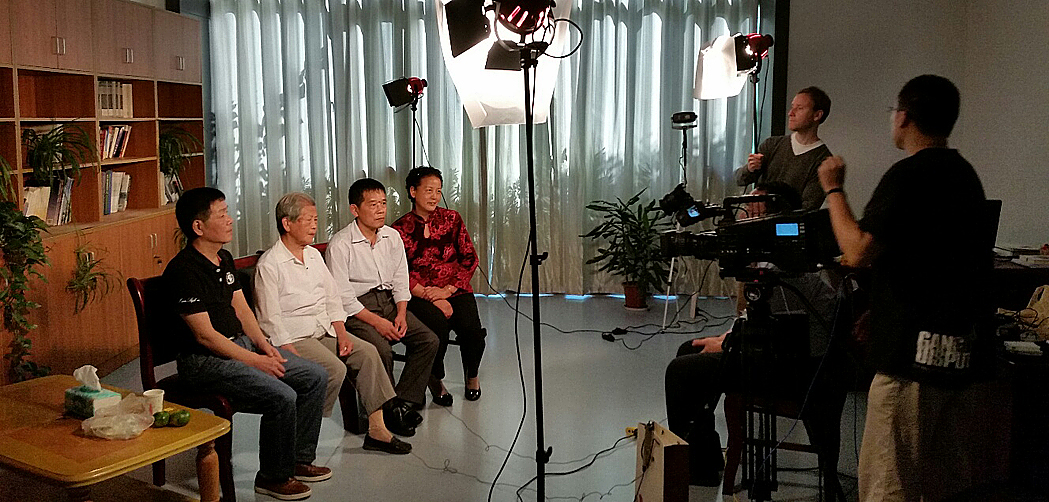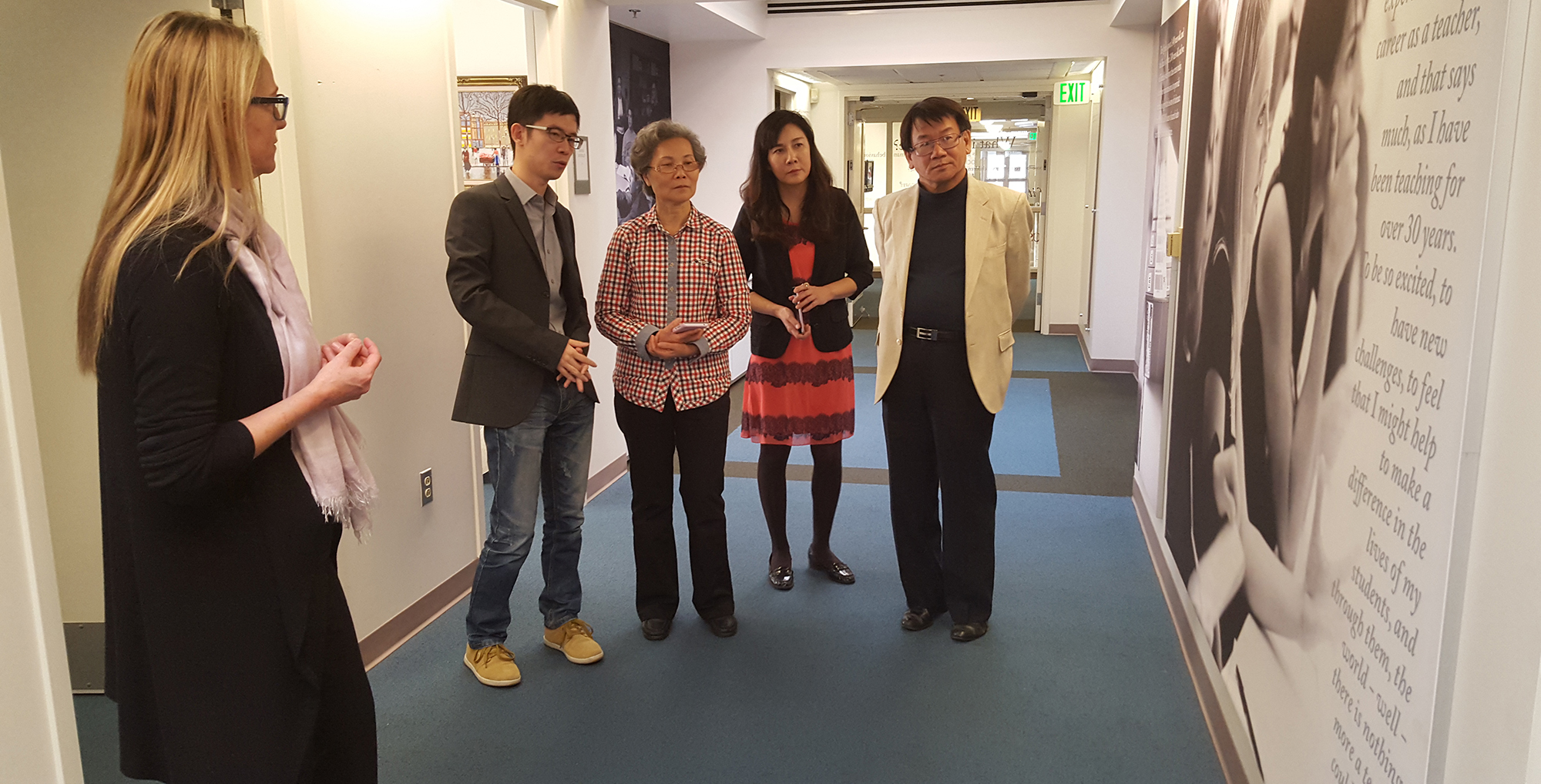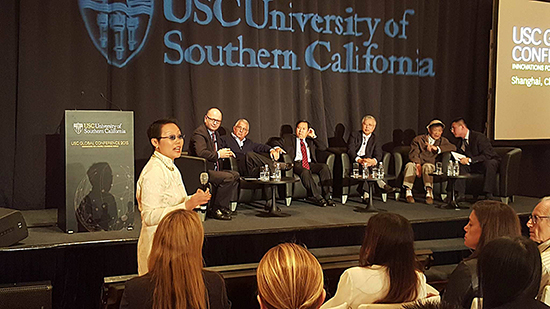Nanjing Massacre
In December of 1937, during the Second Sino-Japanese War, the Japanese military invaded Nanjing, China and engaged in a campaign of mass killing. The Institute has 102 testimonies from survivors of the Nanjing Massacre.
About the Collection
USC Shoah Foundation’s Visual History Archive contains 102 testimonies from Nanjing Massacre survivors. The Foundation partnered with the Nanjing Massacre Memorial Hall in 2012 to preserve the testimonies of the last survivors of these atrocities; interviews continued until 2017. All of the testimonies are in Mandarin and contain English subtitles. Testimonies in the Nanjing collection seek to establish full-life histories of the individuals, including their social and cultural life before and after the Nanjing Massacre.
Brief Historical Background
Setting the Stage
On September 18, 1931, Japan invaded and occupied Manchuria, China. Manchuria, a colony in Northeastern China, was an industrial area known for its rich mineral and coal reserves. The so-called Mukden Incident was the first of many skirmishes between the Republic of China and the Empire of Japan. Full scale war did not break out between the two countries until the Marco Polo Bridge Incident – July 7, 1937 – when the Japanese army attacked a major entrance point to Beijing, China. The Marco Polo Bridge Incident marked the beginning of the Second Sino-Japanese War; the war was fought before and during World War II and ended with Japan’s unconditional surrender to the Allies on September 9, 1945. In December of 1937, during this war, the Japanese military invaded Nanjing, China and engaged in a campaign of mass killing. The Japanese army marched from Shanghai, a port city 190 miles down the Yangtze River, to Nanjing. Weakened by losses in Shanghai, China’s army withdrew its troops from Nanjing. This left the city, and its citizens, unprotected from the invading Japanese army. As the Japanese approached, Western businessmen and missionaries established the Nanjing Safety Zone, a safe haven in the city for women, children and other noncombatants.
Massacre
On December 13, 1937, The Japanese army captured what was then China’s capital city, Nanjing, and killed as many as 300,000 civilians and numerous unarmed Chinese soldiers over the course of two months. After the Japanese overran the city, they hunted down and
killed suspected Chinese soldiers, massacred families living outside the Safety Zone, and raped tens of thousands of women. The Japanese army also looted the city and burned down many buildings. In January, the invaders declared the city subdued and ordered the Safety Zone disbanded; when people returned home, atrocities resumed. The violence subsided in February 1938, after the establishment of a Chinese led, Japanese influenced government. The chaos, fires, and mass graves make a precise count of casualties impossible.
Aftermath
The Tokyo War Crimes Tribunal opened in May 1946 and concluded in November 1948. The defendants, which including Prime Minister Gen. Tōjō Hideki and other wartime leaders of Japan, were accused of crimes against peace, war crimes, and crimes against humanity. In total, twenty-five defendants were convicted. Sixteen were sentenced to life imprisonment (four died in prison); two received lesser sentences; seven, including Prime Minister Gen. Tōjō Hideki, were hanged. The Japanese government paroled the imprisoned in 1956 and released them unconditionally in 1958.
Preserving History Through Partnerships
A local team in Nanjing, whose services were donated by Beijing-based Long Legacy International Communications, a company specializing in large-scale events, filmed the testimonies. A staff researcher of the Nanjing Massacre Memorial Hall conducted the interviews. The Siezen Foundation provided funding for the Nanjing collection.
Nanjing Testimony Filming
In 2017 USC Shoah Foundation has made most likely its final trip to Nanjing, China, to record testimonies of Nanjing Massacre survivors.
USC Shoah Foundation partnered with the Nanjing Massacre Memorial Hall in 2012 to preserve the testimonies of the last survivors of these atrocities, also known as the Rape of Nanjing, in which 300,000 civilians and unarmed soldiers were killed over the course of two months.
In late 2012, through the partnership, a dozen video testimonies of survivors of the 1937-38 Nanjing Massacre were recorded in Nanjing, China, all conducted in Mandarin. After being catalogued and indexed, the 12 testimonies were integrated into the Institute’s Visual History Archive in early 2014.
The next 18 testimonies were recorded in the fall of 2014. As of January of 2015, the average interviewee age for the survivors was 85 years old; the oldest was 94.
Testimonies in the Nanjing collection seek to establish full-life histories of the individuals, including their social and cultural life before and after the Nanjing Massacre.
Related Articles
